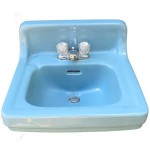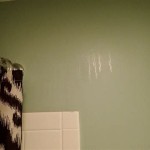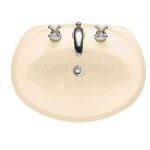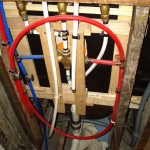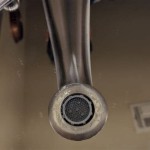How To Install a New Bathroom Vent Fan
Installing a new bathroom vent fan can significantly improve air quality and prevent moisture buildup, which can lead to mold and mildew growth. This process may seem daunting, but with the right tools and instructions, it is a manageable DIY project for most homeowners. Here's a step-by-step guide to help you navigate the installation process.
1. Preparation and Planning
Before starting any work, it is essential to gather the necessary tools and materials. Identify the type of vent fan needed, ensuring it meets the requirements of the bathroom size and ventilation needs. For a standard bathroom, a fan with a CFM (cubic feet per minute) rating of 50-100 is suitable.
Additionally, consider the fan's features, such as a humidity sensor, timer, or light fixture, to optimize its functionality. Check the electrical wiring and ensure it complies with local building codes. Familiarize yourself with the wiring diagram provided with the fan. Once you have all the necessary materials, you can proceed to the installation process.
2. Removing the Old Vent Fan
Start by disconnecting the power supply to the old fan. Locate the circuit breaker controlling the fan and switch it off. It is crucial to confirm that the power is completely off before working on the electrical system.
Next, remove the old vent fan cover and access the mounting screws securing the fan to the ceiling or wall. Unscrew the mounting screws, carefully detaching the fan from the mounting plate, and disconnect the electrical wires. If the old ductwork is damaged or inadequate, replace it with a new one. However, if the existing ductwork is in good condition, you can use it for the new fan.
3. Installing the New Vent Fan
Ensure the new fan's mounting plate is secured to the ceiling or wall. Use the provided mounting screws, drilling pilot holes if necessary. Connect the ductwork to the fan outlet, ensuring a secure connection. If you are replacing the ductwork, measure and cut the new ductwork to the appropriate length and connect it to the fan outlet and vent termination point.
Next, connect the electrical wires from the fan to the wiring in the junction box. Match the corresponding wires (black to black, white to white, and green to green), ensuring a secure connection using wire connectors. Use electrical tape to securely seal the connections and prevent any accidental contact.
4. Testing and Finishing Touches
Turn the power back on at the circuit breaker and test the new fan. Ensure it runs smoothly and the motor is working correctly. Check the air flow through the vent and ensure it functions as expected. Adjust the fan’s speed settings and features, such as the timer or humidity sensor, as desired. Finally, install the new fan cover and ensure all screws are tightened securely.
After completing the installation process, it is crucial to inspect the fan's operation and performance for any potential issues. Listen for unusual noises, check the fan's airflow, and confirm that there are no loose connections or wires. If any problems arise, it is advisable to consult an electrician for professional assistance.
Install A New Bathroom Vent Fan Light
Installing A Bathroom Fan Fine Homebuilding
How To Install A Bathroom Fan Diy Family Handyman
How To Install A Bathroom Fan Homeserve Usa
How To Install A Bathroom Fan Replacement The Home Depot
How To Install A Bathroom Exhaust Fan Lowe S
How To Correctly Install Replace Rv Vent Fan
Quick Tip 23 Fixing A Drip At The Bathroom Fan Misterfix It Com
Bathroom Exhaust Fans Building America Solution Center
Install A New Bathroom Vent Fan Light
